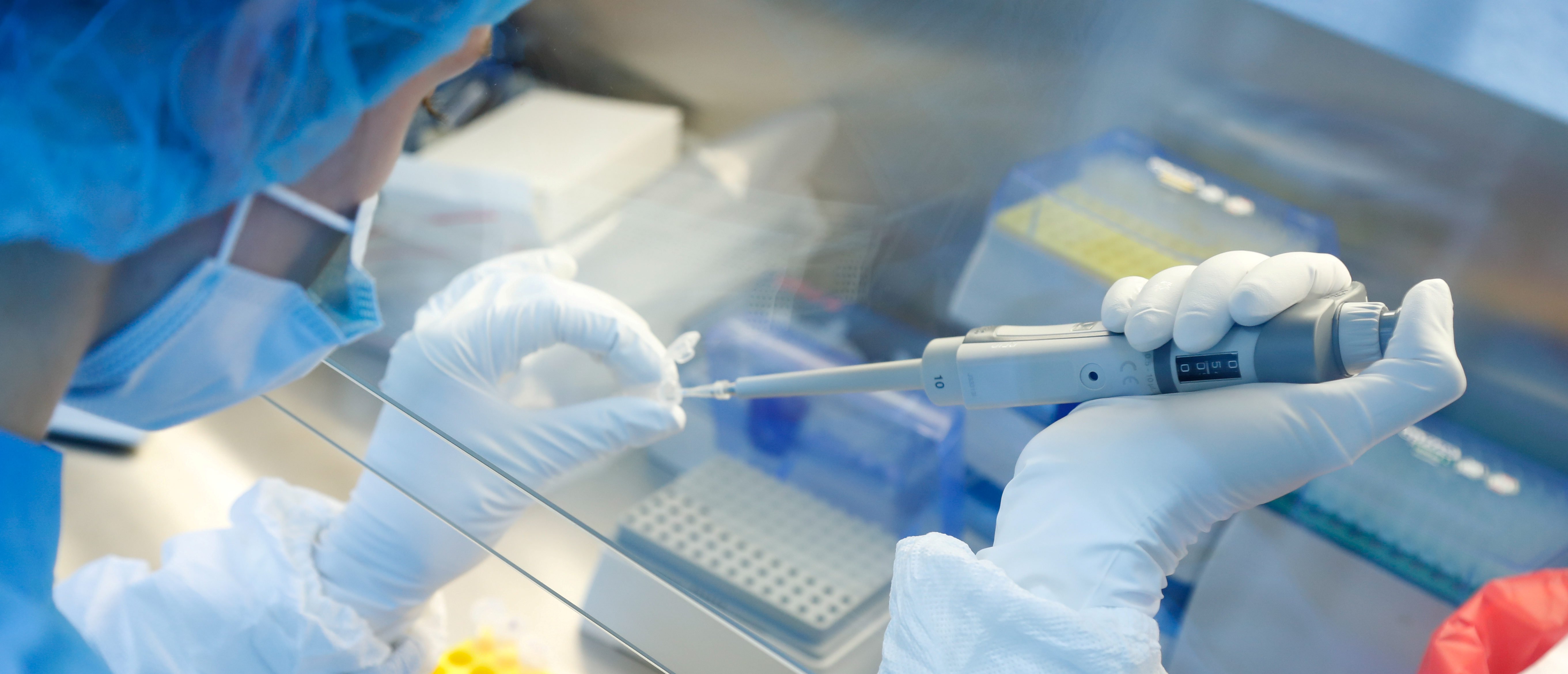By: Virginia Kruta – dailycaller.com – August 13, 2020
Media reports on the coronavirus pandemic have been largely negative, but despite the gloomy updates —and forecasts of even more impending doom — there are a number of positive developments that haven’t gotten prominent coverage.
Here are just a few of the positive discoveries and developments that have flown under the radar in recent weeks.
Is a vaccine really on the horizon?
Ever since the novel coronavirus SARS-COV 2 (which causes COVID-19) was identified, scientists all over the world began work on potential vaccines. Trump announced the implementation of Operation Warp Speed, which eventually led to a deal with Moderna to secure 100 million doses of its vaccine candidate.
That vaccine candidate was only one of several contenders and was showing positive results as early as May of this year. It is now being tested on volunteers in a number of major cities across the country — Las Vegas, St. Louis and Atlanta, among others.
Russian President Vladimir Putin also announced a “proven” vaccine, saying that his own daughter had already been given a dose. White House Coronavirus Task Force member Dr. Anthony Fauci said, however, that he was not confident it was as good as Putin claimed.
“I hope that the Russians have actually, definitively proven that the vaccine is safe and effective. I seriously doubt that they’ve done that,” Fauci said.
With students across the country returning to school, or preparing to do so in the coming weeks, much of the discussion has been focused on how to get them safely back into classrooms and extra-curricular activities.
There has been a significant uptick in cases among children in the United States as things begin to reopen.
But the news isn’t all bad. A study published in June used data from six countries to build mathematical models that would show the impact of coronavirus on children.
That study, “Age-dependent effects in the transmission and control of COVID-19 epidemics,” found a number of age disparities that appeared to be explained by lower instances of transmission and severe disease in younger patients.
The COVID-19 pandemic has shown a markedly low proportion of cases among children. Age disparities in observed cases could be explained by children having lower susceptibility to infection, lower propensity to show clinical symptoms or both.
Pediatrician Naomi Bardach laid out similar findings in an op-ed for the New York Times, saying that the real risk when opening schools was transmission among teachers and staff — or even high school-aged students — rather then younger, elementary school students.
“In a surprise to pediatricians, teachers and parents alike, the virus behaves the opposite of what we are used to. Children and adolescents do not seem to get sick with Covid-19 as frequently as adults. And children, especially elementary school-aged children, do not seem to transmit it effectively to one another, nor to adults,” she said, noting that her theory appeared to have been borne out in several European countries where students had already returned to their classrooms.
Advances in therapeutics.
In addition to a vaccine, experts have been searching for a treatment that would work to mitigate the symptoms of coronavirus or perhaps even offer a cure. And while some of the treatments have shown mixed results in the field — and mixed responses from both experts and the media — a number of possibilities have nonetheless risen to the top.
- Hydroxychloroquine — touted by Trump and others as a potential “miracle cure” despite questions from experts. Studies proved to be inconclusive at best, giving a series of mixed results.
- Remdesivir — an antiviral drug that received Emergency Use Authorization from the FDA for treatment of COVID-19, it also showed promising results.
- Convalescent plasma — plasma donated by patients who had already recovered from COVID-19 and had antibodies in their blood.
Have our safety efforts paid off?
To mask or not to mask is still a hot topic. Whether by mandate or by choice, the question for most is whether or not masks have actually been effective in preventing the spread of coronavirus. And according to the CDC and WHO, wearing some kind of face covering does help to mitigate the spread.
Social distancing has also probably paid off, at least according to Oxford University’s mathematical modeling expert Dr. Robin Thompson. Thompson estimated that, based on the social distancing requirements being observed in most public places transmission rates could have been cut by up to 90%.
According to Thompson’s model, one infected person who did not observe social distancing could start a chain that would eventually infect over 1,000 cases. If that same infected person did engage in social distancing, the number of total cases in the resulting chain would be closer to 130.
So will there be more good news on the horizon? And if so, will the media give us the straight story? Time will tell.
To see this article and subscribe to others like it, click read more.
Source: 4 Big Positive Things The Media Won’t Tell You About Coronavirus | The Daily Caller
 Listen Online
Listen Online Watch Online
Watch Online Find a Station in Your Area
Find a Station in Your Area









 Listen Now
Listen Now Watch Online
Watch Online
